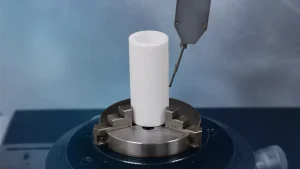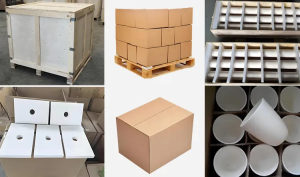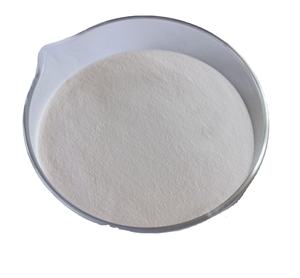Professional industry ceramic supplier, silicon nitride, silicon carbide, aluminum nitride and any other kinds of ceramics.
1. Introduction
When it comes to handling molten metals, glass, or high-temperature chemical reactions, not just any container will do. Enter the silicon carbide crucible—a powerhouse in the world of advanced ceramics. Known for its exceptional thermal conductivity, mechanical strength, and resistance to thermal shock, this specialized vessel is indispensable in foundries, laboratories, and industrial furnaces alike.

But what exactly makes a silicon carbide crucible so unique? And how does it compare to alternatives like zirconia crucibles or alumina-based containers? In this guide, we’ll break down everything you need to know—from material science to real-world applications—and even explore how silicon carbide extends beyond crucibles into tiles, tubes, dinnerware, and more.
2. What Is a Silicon Carbide Crucible?
A silicon carbide crucible is a high-performance container made primarily from silicon carbide (SiC), an advanced ceramic material renowned for its hardness, thermal stability, and chemical inertness. These crucibles are engineered to withstand extreme temperatures—often exceeding 1,600°C (2,912°F)—without deforming or reacting with the materials inside.
Unlike traditional clay-graphite crucibles, silicon carbide versions offer superior oxidation resistance and longer service life, especially in continuous melting operations involving non-ferrous metals like aluminum, copper, and zinc.
2.1. Key Properties of Silicon Carbide
- Exceptional thermal conductivity (up to 120 W/m·K)
- High mechanical strength even at elevated temperatures
- Excellent resistance to thermal shock
- Low thermal expansion coefficient
- Chemically inert against many molten metals and slags
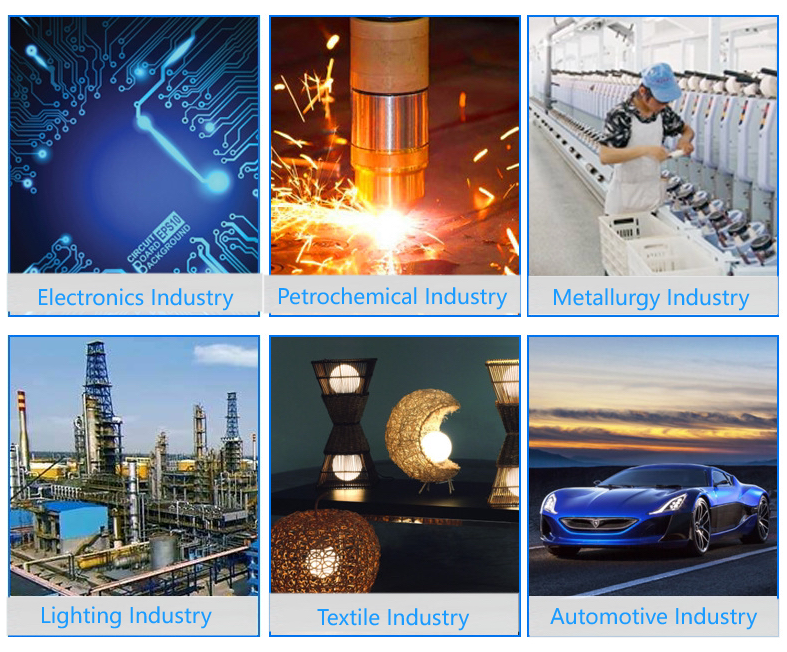
These traits make silicon carbide ideal not only for crucibles but also for components like silicon carbide burner nozzles, silicon carbide brick linings, and silicon carbide ceramic columns in industrial furnaces.
3. Silicon Carbide vs. Other Refractory Materials
While alumina (Al2O3) and zirconia (ZrO2) crucibles are common, they each have limitations. Alumina crucibles offer good chemical resistance but lower thermal conductivity. Zirconia crucibles excel in ultra-high-purity applications but are brittle and expensive.
Boron carbide vs silicon carbide is another frequent comparison. Though boron carbide is harder, it’s less thermally conductive and more costly, making silicon carbide the preferred choice for most high-heat industrial processes.
Silicon nitride (Si3N4) is another advanced ceramic used in crucibles and heat-resistant parts. A silicon nitride crucible factory might produce items like custom silicon nitride heat shields, silicon nitride plates, or silicon nitride rings for aerospace and semiconductor applications. However, silicon nitride is generally more expensive and less conductive than silicon carbide, limiting its use in bulk melting operations.
4. Beyond Crucibles: The Versatility of Silicon Carbide Ceramics
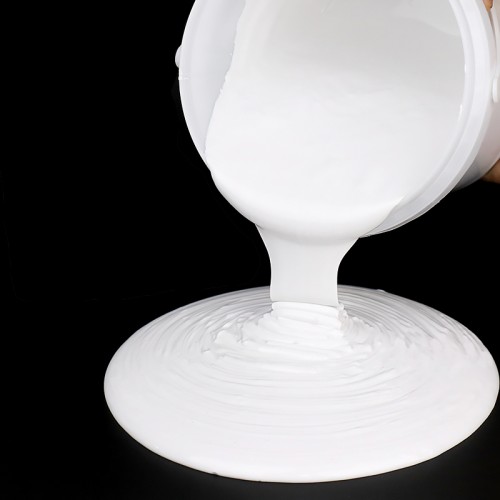
The utility of silicon carbide extends far beyond melting pots. Thanks to its durability and thermal performance, it’s used in a wide array of forms:
- Silicon carbide ceramic tiles for kiln shelves and wear-resistant flooring
- RBSiC silicon carbide tile blocks for structural furnace components
- Silicon carbide tubes and silicon carbide ceramic tubes for thermocouple protection and high-temperature piping
- Silicon carbide discs and silicon carbide ceramic grinding discs for precision machining
- Even consumer goods like silicon carbide ceramic baking dishes, silicon carbide dinner ceramic plates, and silicon carbide ceramic serving bowls—though these are typically decorative or niche due to cost.
4.1. Everyday and Specialty Items
You might come across terms like silicon carbide ceramic butter dish with lid, silicon carbide ceramic ramekins, or silicon carbide blue white porcelain plates. While true silicon carbide dinnerware is rare in households (due to expense and brittleness), some manufacturers blend SiC into ceramic composites for enhanced durability in oven-safe bakeware.
Similarly, silicon carbide ceramic plumbing pipe and silicon carbide ceramic tube insulators serve critical roles in corrosive or high-heat fluid systems, outperforming standard ceramics like aluminiumoxid keramik (alumina).
5. Manufacturing and Customization
Advanced ceramics manufacturing techniques—such as reaction bonding (RBSiC), sintering, and hot pressing—allow for tailored solutions. Companies can produce custom shapes like silicon carbide ring seals, silicon carbide ceramic casserole dishes with lids, or even silicon carbide ceramic plates for painting in artistic applications.
For industrial clients, options include silicon carbide mullite tubes for hybrid thermal performance or porous silicon carbide ceramic tubes for filtration. Meanwhile, the high purity silicon nitride powder market fuels demand for precision components in electronics and medical devices.
6. Conclusion
The silicon carbide crucible stands as a cornerstone of modern high-temperature processing, combining unmatched thermal resilience with chemical stability. Whether you’re melting aluminum in a foundry or designing a furnace with silicon carbide brick linings, this advanced ceramic delivers reliability where others fail.
And as industries push toward higher efficiency and cleaner processes, the role of silicon carbide—and its cousin silicon nitride—will only grow. From lab crucibles to luxury ceramic dinnerware, the legacy of silicon carbide continues to shape both heavy industry and everyday innovation.
Our Website founded on October 17, 2012, is a high-tech enterprise committed to the research and development, production, processing, sales and technical services of ceramic relative materials such as What. Our products includes but not limited to Boron Carbide Ceramic Products, Boron Nitride Ceramic Products, Silicon Carbide Ceramic Products, Silicon Nitride Ceramic Products, Zirconium Dioxide Ceramic Products, etc. If you are interested, please feel free to contact us.


